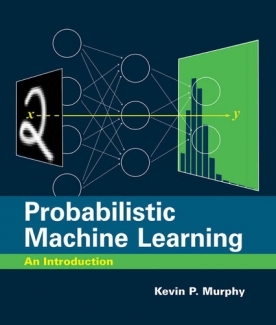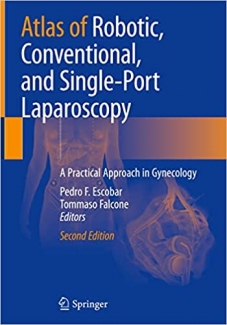جلد سخت سیاه و سفید
Product details
- Publisher : Springer; 2nd ed. 2022 edition (May 5, 2022)
- Language : English
- Hardcover : 588 pages
- ISBN-10 : 3030966224
- ISBN-13 : 978-3030966225
کتاب Machine Learning for Text
This second edition textbook covers a coherently organized framework for text analytics, which integrates material drawn from the intersecting topics of information retrieval, machine learning, and natural language processing. Particular importance is placed on deep learning methods. The chapters of this book span three broad categories:1. Basic algorithms: Chapters 1 through 7 discuss the classical algorithms for text analytics such as preprocessing, similarity computation, topic modeling, matrix factorization, clustering, classification, regression, and ensemble analysis.
2. Domain-sensitive learning and information retrieval: Chapters 8 and 9 discuss learning models in heterogeneous settings such as a combination of text with multimedia or Web links. The problem of information retrieval and Web search is also discussed in the context of its relationship with ranking and machine learning methods.
3. Natural language processing: Chapters 10 through 16 discuss various sequence-centric and natural language applications, such as feature engineering, neural language models, deep learning, transformers, pre-trained language models, text summarization, information extraction, knowledge graphs, question answering, opinion mining, text segmentation, and event detection.
Compared to the first edition, this second edition textbook (which targets mostly advanced level students majoring in computer science and math) has substantially more material on deep learning and natural language processing. Significant focus is placed on topics like transformers, pre-trained language models, knowledge graphs, and question answering.
منابع کتاب کتاب Machine Learning for Text
این کتاب درسی ویرایش دوم یک چارچوب سازمانیافته منسجم برای تجزیه و تحلیل متن را پوشش میدهد، که مطالبی را که از موضوعات متقاطع بازیابی اطلاعات، یادگیری ماشینی و پردازش زبان طبیعی گرفته شده است، ادغام میکند. اهمیت ویژه ای به روش های یادگیری عمیق داده می شود. فصول این کتاب شامل سه دسته کلی است: 1. الگوریتمهای پایه: فصلهای 1 تا 7 الگوریتمهای کلاسیک برای تجزیه و تحلیل متن مانند پیش پردازش، محاسبه شباهت، مدلسازی موضوع، فاکتورسازی ماتریس، خوشهبندی، طبقهبندی، رگرسیون و تحلیل مجموعه را مورد بحث قرار میدهند.
2. یادگیری حساس به دامنه و بازیابی اطلاعات: فصل های 8 و 9 در مورد مدل های یادگیری در تنظیمات ناهمگون مانند ترکیبی از متن با چند رسانه ای یا پیوندهای وب بحث می کنند. مشکل بازیابی اطلاعات و جستجوی وب نیز در زمینه ارتباط آن با روش های رتبه بندی و یادگیری ماشین مورد بحث قرار می گیرد.
3. پردازش زبان طبیعی: فصول 10 تا 16 کاربردهای مختلف توالی محور و زبان طبیعی را مورد بحث قرار می دهد، مانند مهندسی ویژگی، مدل های زبان عصبی، یادگیری عمیق، ترانسفورماتورها، مدل های زبان از پیش آموزش دیده، خلاصه سازی متن، استخراج اطلاعات، نمودارهای دانش، سؤال. پاسخگویی، نظرکاوی، تقسیم بندی متن، و تشخیص رویداد.
در مقایسه با ویرایش اول، این کتاب درسی ویرایش دوم (که بیشتر دانشآموزان سطح پیشرفته در رشته علوم کامپیوتر و ریاضی را هدف قرار میدهد) به طور قابلتوجهی مطالب بیشتری در مورد یادگیری عمیق و پردازش زبان طبیعی دارد. تمرکز قابل توجهی روی موضوعاتی مانند ترانسفورماتورها، مدلهای زبانی از پیش آموزشدیده، نمودارهای دانش و پاسخگویی به سؤال است.































ارسال نظر درباره کتاب Machine Learning for Text